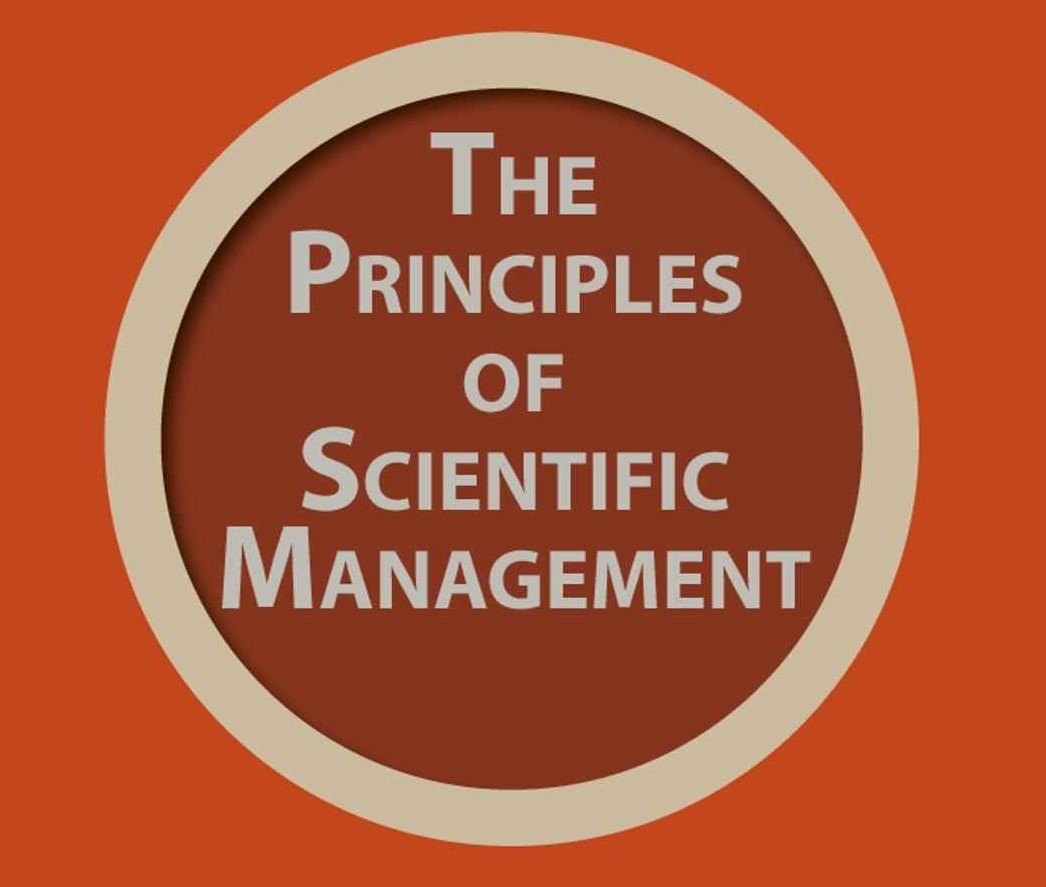24 Ocak 2017 8071 0 PROJECT MANAGEMENT Fonksiyon360
Project Risk Management is the process of assessing the current state of the projects and identifying the elements that may pose a risk for the project in the future and preparing the necessary responses to them. By running this process on the projects, it is aimed to fulfill the scope of the project, to prevent unwanted situations in order to reach the project targets and to increase the possibility of being in the desired situations. When examining the best practices in project management, risks in projects can be categorized under the following categories:
- Time slip
- Product requirements can not be met
- Budget overrun
- Delivering products with high error intensity
- Low product performance
- Problems in procurement
- Elementary / competence
To conduct an effective risk analysis, the project manager must first develop a risk management plan for the project. This plan will be a guide for the same language on risks for the project. Risks for the project should then be classified. The purpose of this classification is to facilitate the determination of risk owners. For example, risks can be categorized as follows:
- Scope risks
- Corporate Risks
- Staff Supply Risks
- Strategic risks
- Technical risks
- Customer Needs Risks
- Planning Risks and so on.
After this categorization, risks should be put in order of importance in terms of the probability of emergence and the effects of the project. A 1-5 numerical scale can be used for this. 1 Point - Very low probability of occurrence, 5 points - Very High probability of occurrence.
After the possibility of realizing an effective risk management, if the risk occurs, a rating should be made according to the effect of the project. Again, 1-5 numerical scale can be used here. 1 Score - Very low impact on the project, 5 Score - Very high impact on the project, representing the level of impact that could cause the project to stop.
Once we have identified the Probability - Effect matrix in the effective risk assessment, we should identify the risk holders for the risks that we should not pursue and embed risks into them. In addition, these risks should be defined in the name of realizing effective risk management in response to risks in the case of risk. In a project, 4 responses to risks can be defined.
- Avoidance: Stay away from the risk of making changes to the project plan.
- Transfer: transfer of ownership to another organization or individual. This way the risk will not be over. Only the riskier and what needs to be done against him will be carried out by the person or team that has been transferred.
- Reduction: Taking measures to reduce the likelihood or effect of risk.
- Acceptance: It is the risk and the acceptance of the result. This risk is monitored if alternative responses can be triggered if the effect increases too much.
Risks throughout the project should be monitored regularly, the probability-effect levels and responses should be monitored. PMI methodology presents qualitative and quantitative risk analysis as two techniques in risk analysis for the project manager. The effectiveness of these analyzes increases if analyzes are based on SWOT analysis.
Risk management is very important for project success. When the unsuccessful projects are examined, a high rate of risk management (a) is observed. In order to make a successful project and to be a successful project manager, risk management should be carried out in the projects mentioned in this article.










